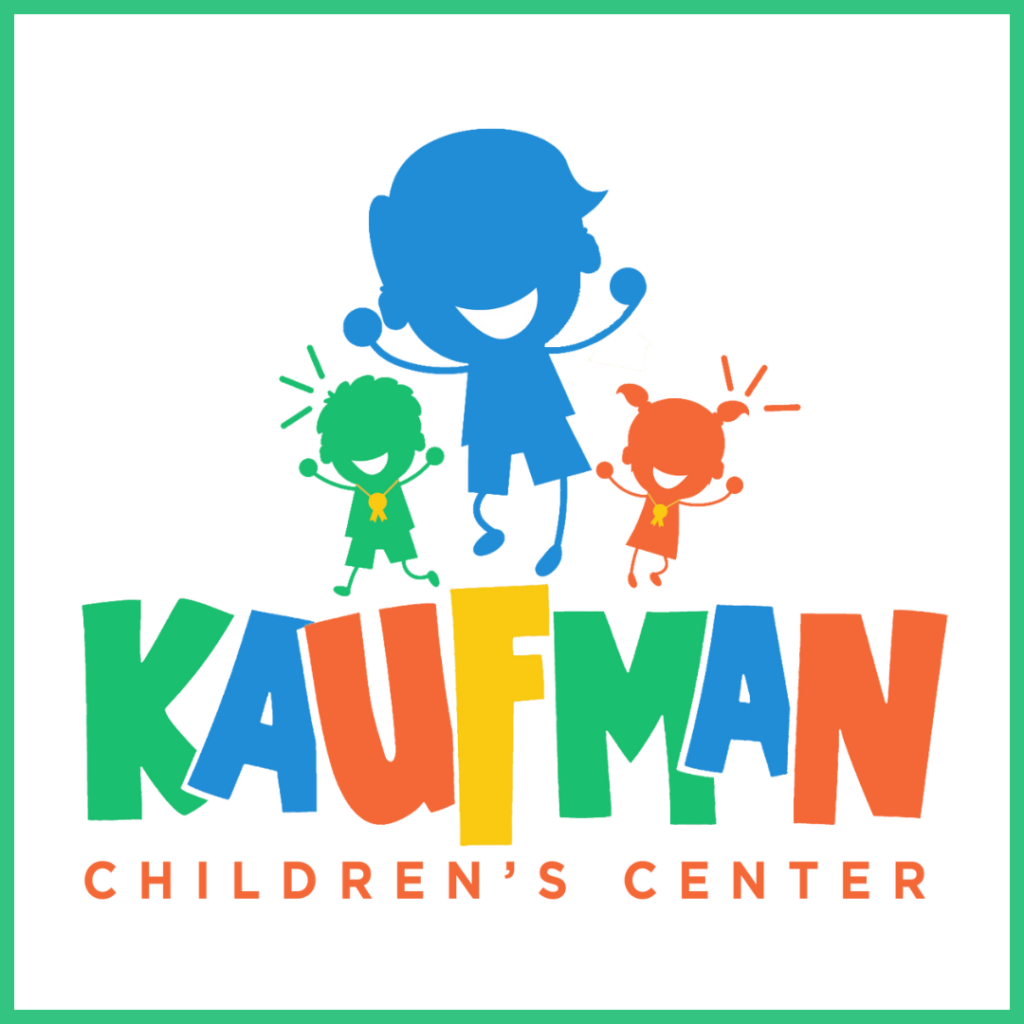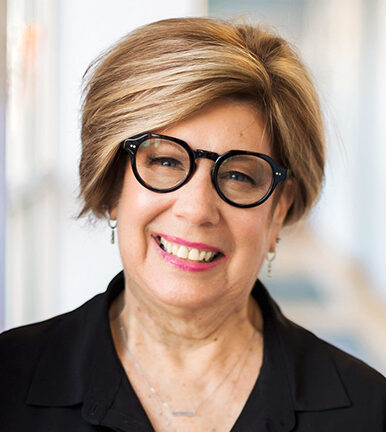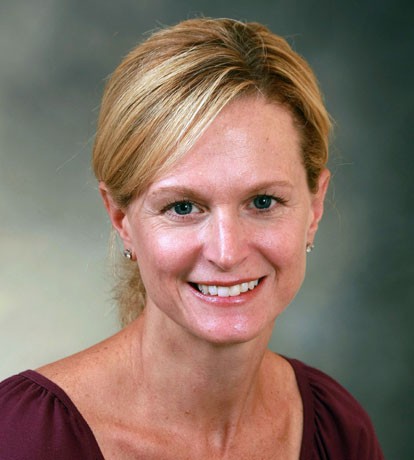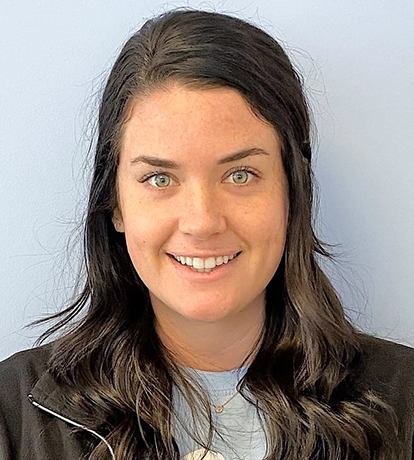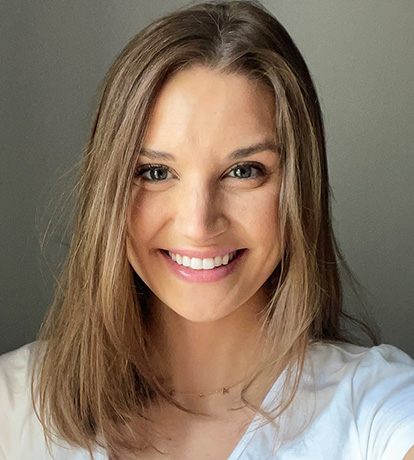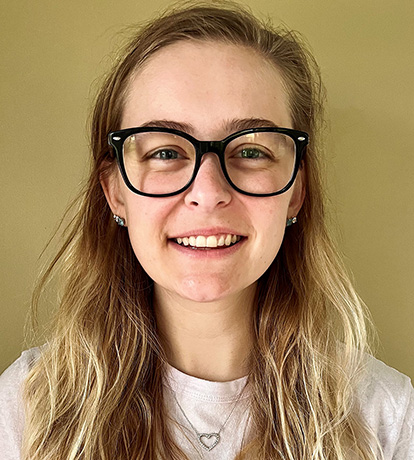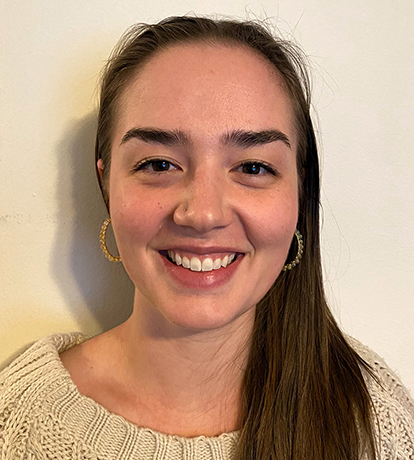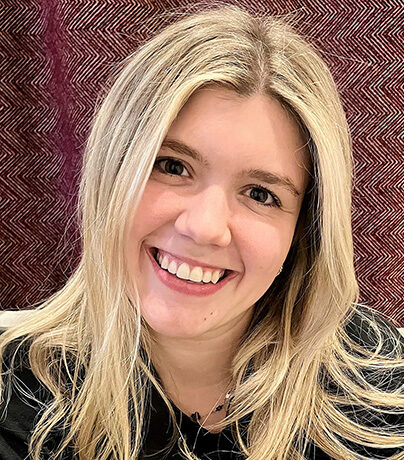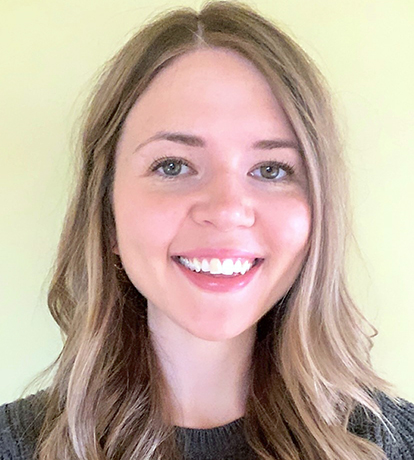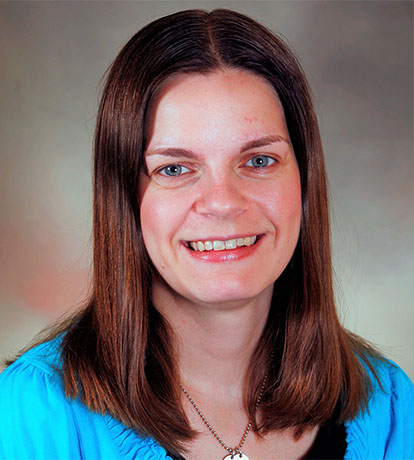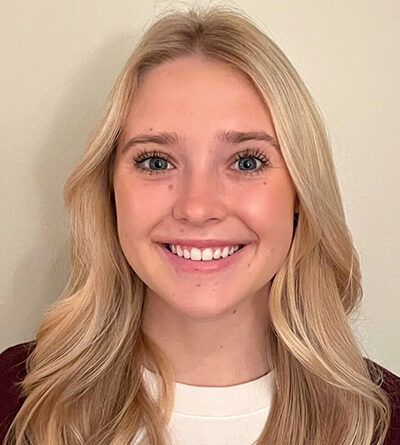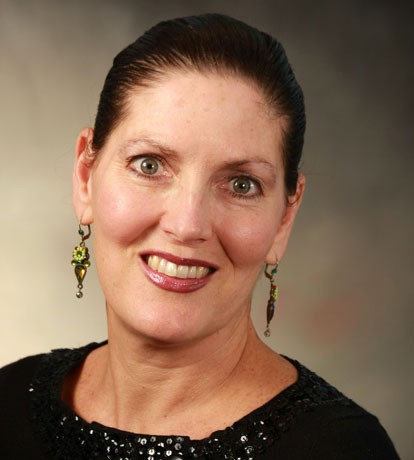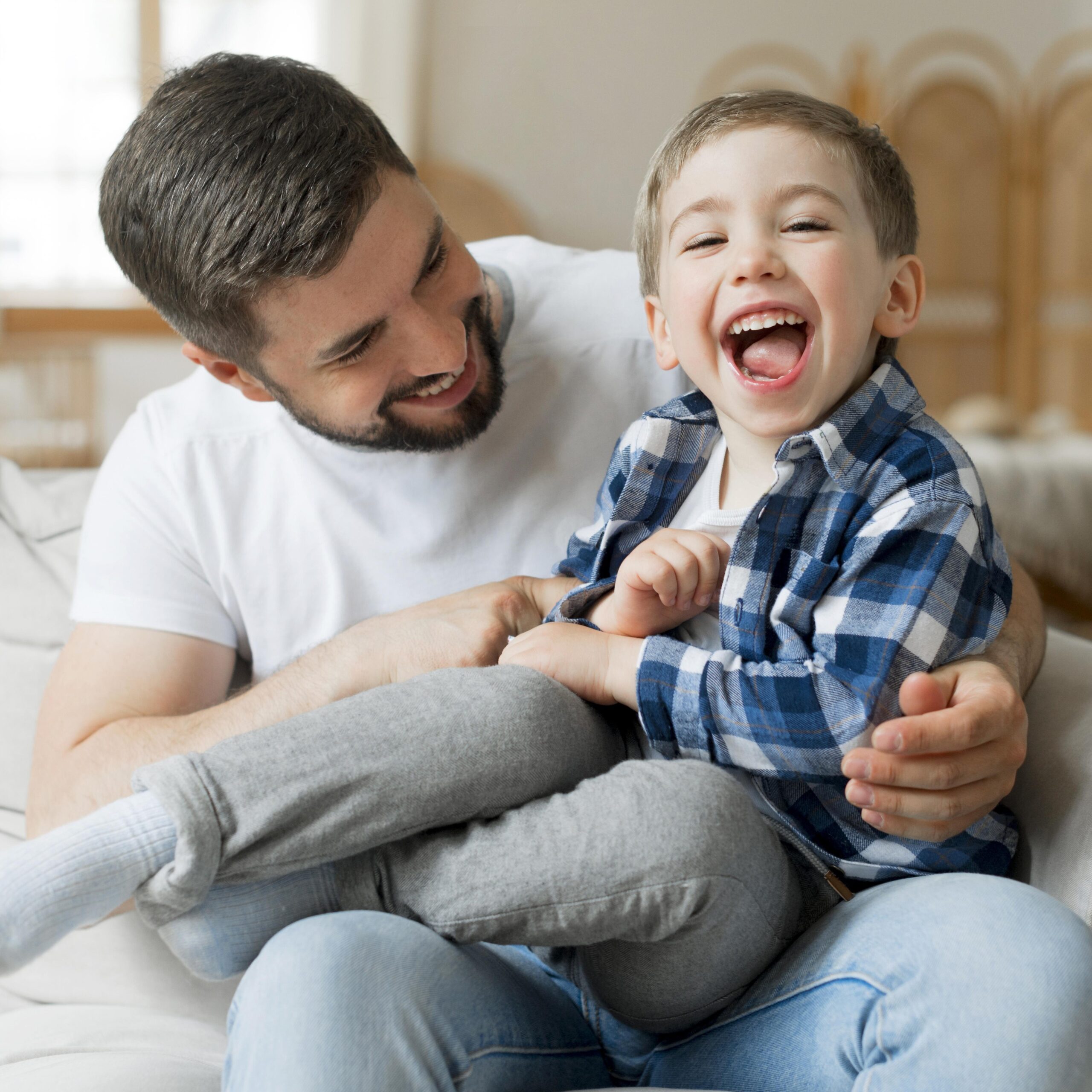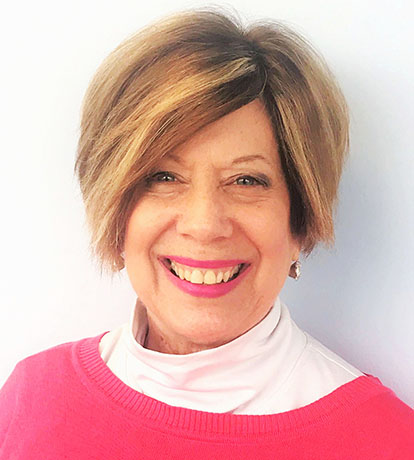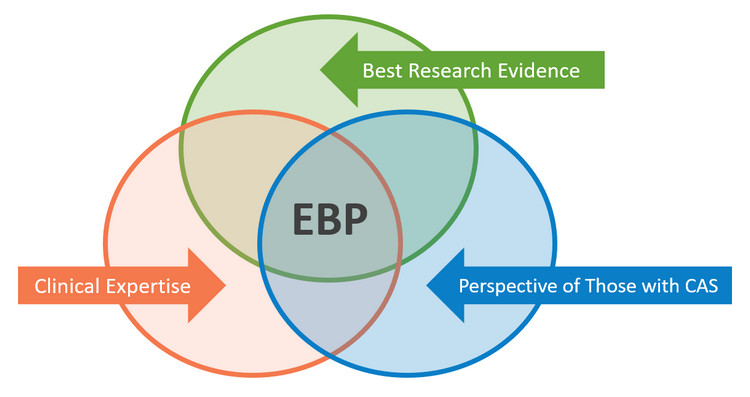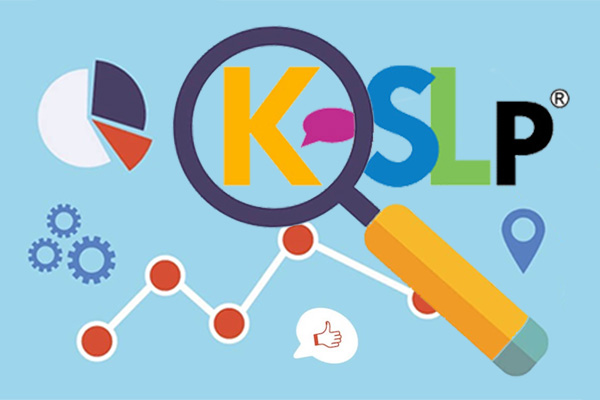(listed most recent to least recent)
EFFECTIVENESS OF THE KAUFMAN SPEECH TO LANGUAGE PROTOCOL FOR CHILDREN WITH CHILDHOOD APRAXIA OF SPEECH AND COMORBIDITIES WHEN DELIVERED IN A DYADIC AND GROUP FORMAT
(Publication, 2024)
Namasivayam, Cheung, Atputhajeyam, Petrosov, Branham, Grover, & van Lieshout
American Journal of Speech-Language Pathology
KAUFMAN SPEECH TO LANGUAGE PROTOCOL FOR CHILDHOOD APRAXIA OF SPEECH
(Poster, 2024)
Namasivayam, Branham, Cheung, & Grover
Speech-Language & Audiology Canada Conference
Vancouver, BC, Canada
KAUFMAN SPEECH TO LANGUAGE PROTOCOL FOR CHILDREN WITH CHILDHOOD APRAXIA OF SPEECH: PHASE II DATA
(Presentation, 2023)
Namasivayam, Branham, Atputhajeyam, Lysenko, Cai, Elsayed, & Grover
American Speech-Language-Hearing Association Annual Convention
Boston, MA
A SINGLE CASE EXPERIMENTAL DESIGN STUDY USING AN OPERATIONALIZED VERSION OF THE KAUFMAN SPEECH TO LANGUAGE PROTOCOL FOR CHILDREN WITH CHILDHOOD APRAXIA OF SPEECH
(Publication, 2023)
Gomez, Purcell, Jakielski, McCabe
International Journal of Speech-Language Pathology
DATA-DRIVEN TREATMENT PATHWAY FOR CHILDREN WITH MOTOR SPEECH DISORDERS
(Presentation, 2023)
Namasivayam, A.K.
ABRAPRAXIA National Conference on Childhood Apraxia of Speech
Sao Paulo, Brazil
EFFECTIVENESS OF KAUFMAN SPEECH TO LANGUAGE PROTOCOL FOR CHILDREN WITH CHILDHOOD APRAXIA OF SPEECH AND COMORBIDITIES
(Presentation, 2023)
Namasivayam, Branham & Grover
Apraxia Kids National Conference
Plano, TX
WHAT PREDICTS FUNCTIONAL COMMUNICATION OUTCOMES IN CHILDREN WITH CAS AND SPEECH MOTOR DELAY
(Presentation, 2023)
Namasivayam, Shin, Nisenbaum, Pukonen, Sue, Choy, & van Lieshout
Apraxia Kids National Conference
Plano, TX
PREDICTORS OF FUNCTIONAL COMMUNICATION OUTCOMES IN CHILDREN WITH IDIOPATHIC MOTOR SPEECH DISORDERS
(Publication, 2023)
Namasivayam, Shin, Nisenbaum, Pukonen & van Lieshout
Journal of Speech, Language, and Hearing Research
DATA-DRIVEN CARE PATHWAY FOR CHILDREN OVER 36 MONTHS OF AGE WITH MOTOR SPEECH DISORDERS
(Presentation, 2022)
Namasivayam, Pukonen & van Lieshout
International Conference on Speech Motor Control
Groningen, the Netherlands
TREATING CHILDHOOD APRAXIA OF SPEECH WITH THE KAUFMAN SPEECH TO LANGUAGE PROTOCOL: A PHASE 1 PILOT STUDY
(Publication, 2018)
Gomez, McCabe, Jakielski, & Purcell
Language, Speech, and Hearing Services in Schools
BRIDGING THE GAP BETWEEN SPEECH AND LANGUAGE: USING MULTIMODAL TREATMENT IN A CHILD WITH APRAXIA
(Publication, 2016)
Tierney, Pitterle, Kurtz, Nakhla, & Todorow
Pediatrics
EFFICACY OF THE KAUFMAN APPROACH IN INCREASING SPEECH OUTPUT WITH A LOW-VERBAL CHILD WITH AUTISM SPECTRUM DISORDER
(Presentation, 2013)
Holbrook, King & Pelayo
Department of Communication Sciences and Disorders Graduate Research Symposium
Loma Linda University, CA
INTENSIVE CAS SUMMER PROGRAM: BOOST OR BUST?
(Poster, 2013)
Nancarrow, Kaufman, & Ficker
American Speech-Language-Hearing Convention
Chicago, IL
APRAXIA OF SPEECH IN CHILDREN AND ADOLESCENTS: APPLICATION OF NEUROSCIENCE TO DIFFERENTIAL DIAGNOSIS AND INTERVENTION
(Publication, 2011)
Burns, M.
Perspectives on Neurophysiology and Neurogenic Speech and Language Disorders
INCREASING THE VOCAL RESPONSES OF CHILDREN WITH AUTISM AND DEVELOPMENTAL DISABILITIES USING MANUAL SIGN MAND TRAINING AND PROMPT DELAY
(Publication, 2010)
Carbone, Sweeney-Kerwin, Attanasio, & Kasper
Journal of Applied Behavior Analysis
SHAPING SUCCESSIVE APPROXIMATIONS FOR SPEECH INTELLIGIBILITY: EFFECT UPON LANGUAGE
(Presentation, 2009)
Nancarrow, Kaufman, & Burns
American Speech-Language-Hearing Association Annual Convention
New Orleans, LA
EFFECT OF TUTOR-MODELED SUCCESSIVE APPROXIMATIONS VERSUS TUTOR-MODELED ADULT FORMS TO IMPROVE TOPOGRAPHY OF TACTS
(Presentation, 2006)
Eldridge, Kasper, & Godwin
International Convention of the Association for Behavior Analysis
Atlanta, GA
IMPROVING THE SPEECH PRODUCTION OF CHILDREN WITH AUTISM
(Presentation, 2006)
Sweeney, Zecchin, Carbone, Janeckey, Draper, & McCarthy
Association for Behavior Analysis Conference
Atlanta, GA
IMPROVING VOCAL-VERBAL BEHAVIOR VIA TUTORED-MODELED SUCCESSIVE APPROXIMATIONS
(Presentation, 2003)
Kasper & Godwin
International Convention Association for Behavior Analysis
San Francisco, CA
Updated 2/19/25
